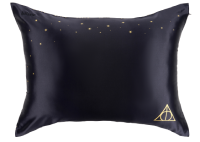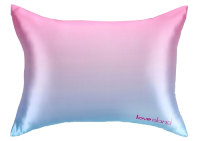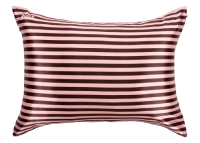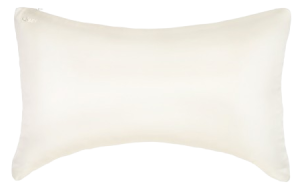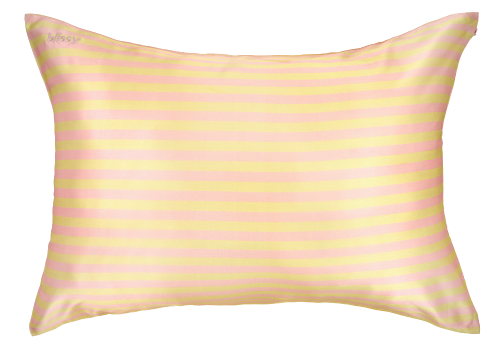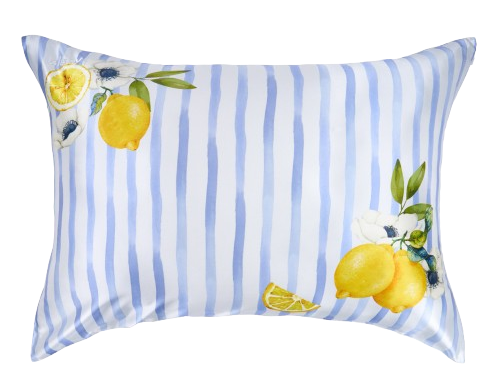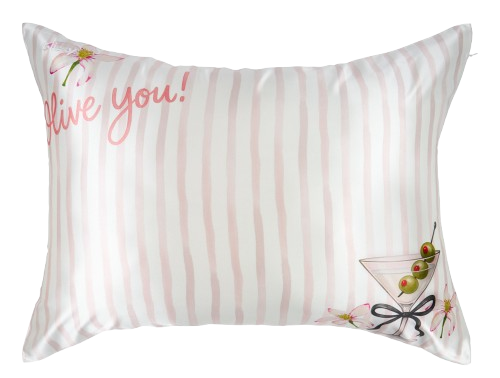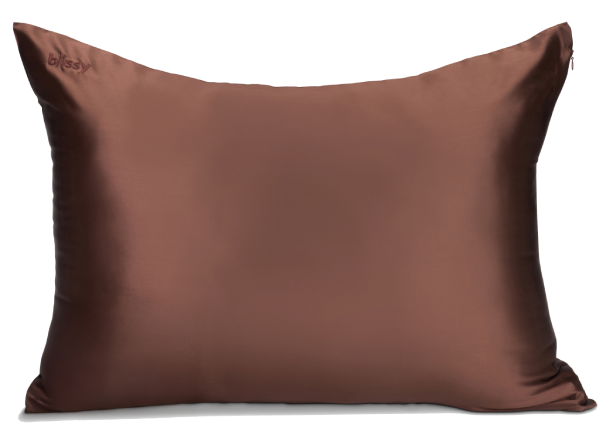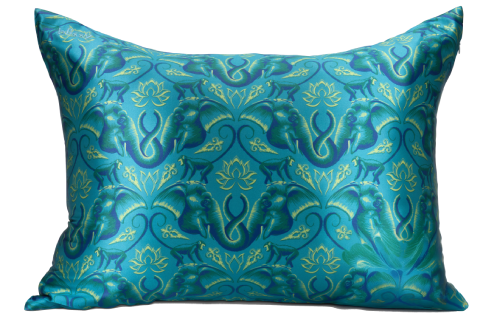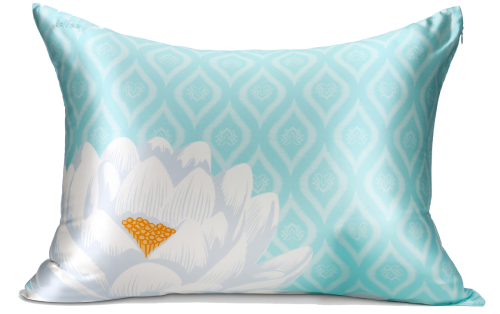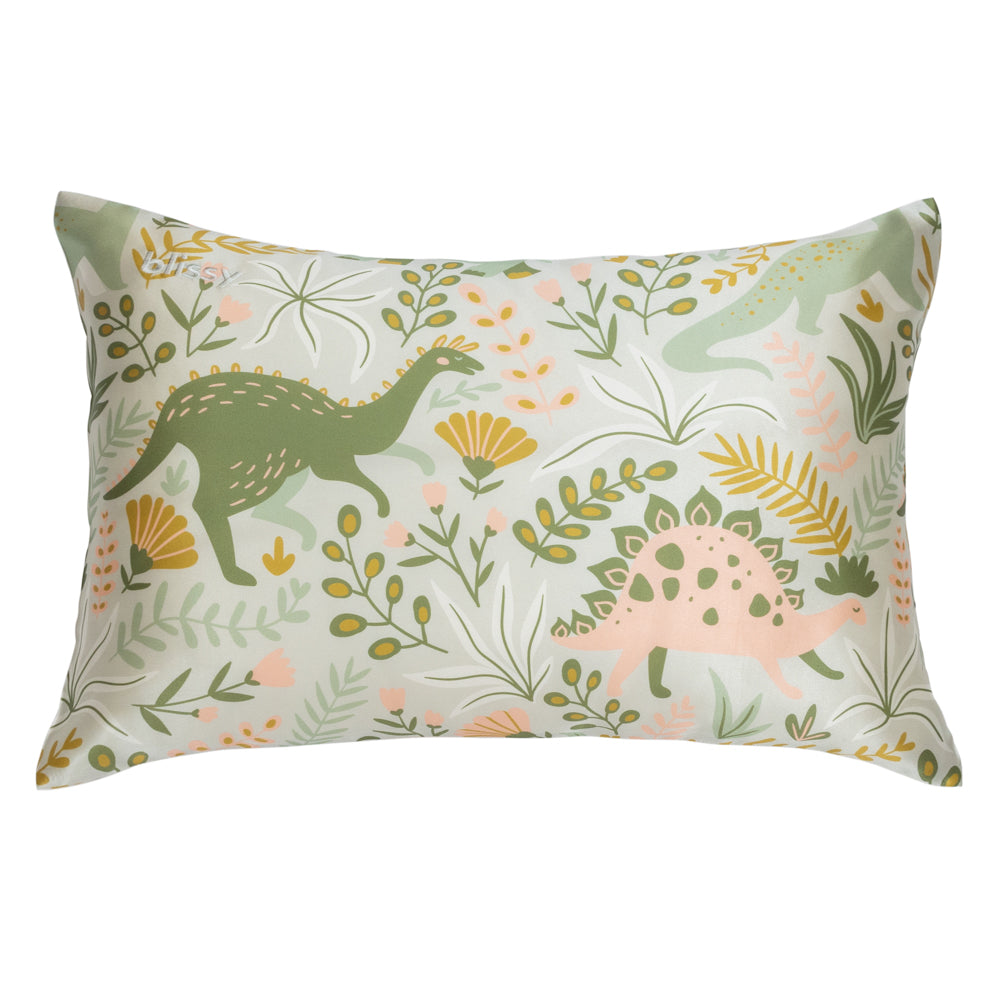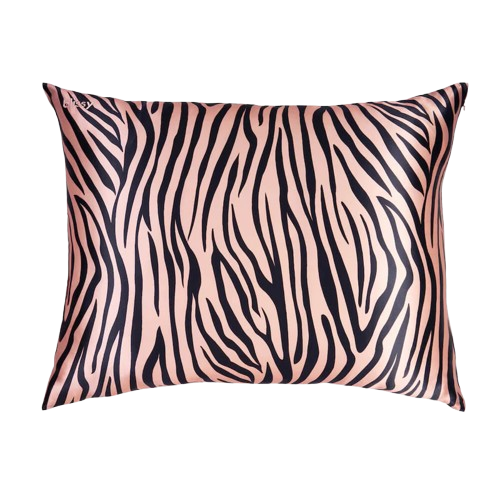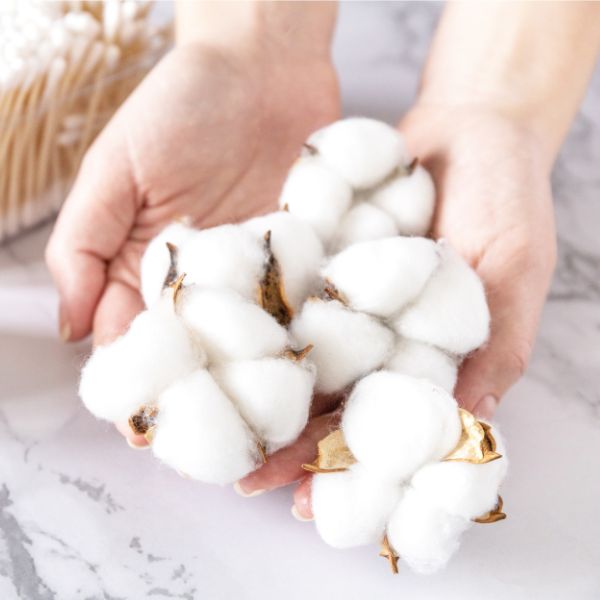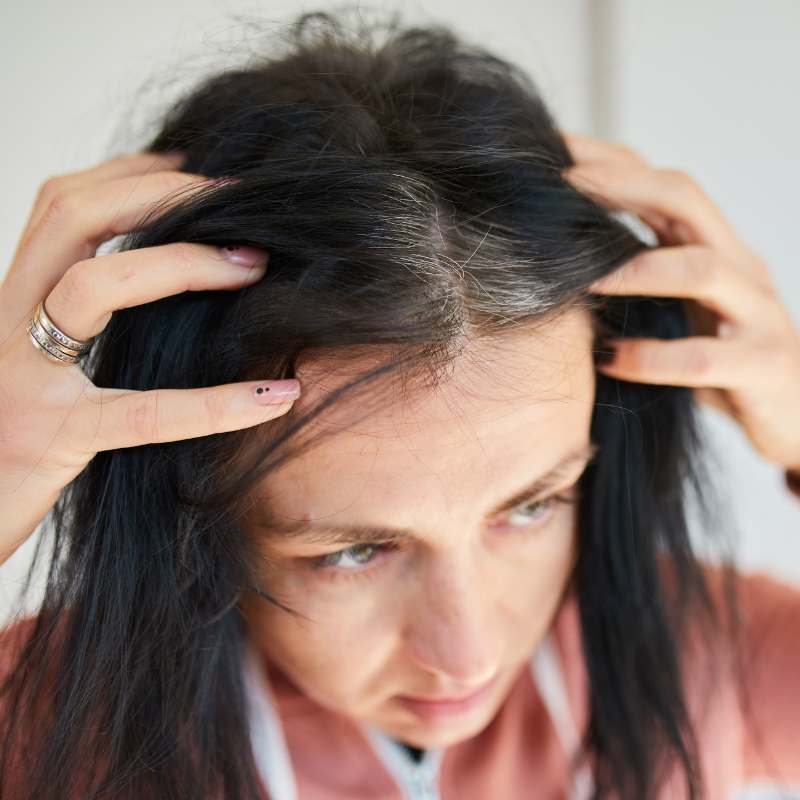Listen to an audio transcription of this post
Given how stubborn their allergies are, despite efforts to control them, it’s no wonder why you may be wondering: is cotton hypoallergenic?

What Is Hypoallergenic? How Can I Avoid Allergies?
Before we can answer this, it’s important to clarify what “hypoallergenic” means. According to National Allergy and ENT, “hypo” implies “underneath” or “below,” and “allergenic” means “a substance likely to cause an allergic reaction.”
This is paraphrasing a bit, but we think you get what we mean. In any case, it implies that the likelihood of you having an allergic reaction to a substance is less than normal when you have a hypoallergenic material.
We should also address the assumption that hypoallergenic fabrics prevent all allergy symptoms. That isn't the case because the cause of allergic reactions is quite complex.
Allergic reactions are just much less likely when you’re dealing with products that are labeled “hypoallergenic."

Hypoallergenic Sheets: The Role of Dust Mites and Company
Make no mistake about it, though. Certain conditions, including sleeping on certain kinds of bedding, lend themselves to the onset of allergies.
Differently said, there are allergens, such as animal dander or the droppings from dust mites, that become more powerful when the conditions are right. It’s like plants and the soil. If you take away the soil, the plants can’t grow.
So, too, is it with allergens and the conditions that allow them to grow.
So How Do Dust Mites, Mold Spores, and Other Allergens Proliferate?
The short answer is, most substances or pests that cause allergy symptoms require moisture to thrive. Dust mites, in particular, require a humid environment in order to live because they cannot consume water, according to the Lung Association.
Instead, they must absorb it through their bodies. It stands to reason, then, that any fabric that retains a lot of moisture is a more attractive place for mites to hang out than on any fabric where that is not the case.

Additionally, an article on Synonym points out that water more easily seeps through certain fabrics like bamboo, cotton, and hemp. This is due to their cellulose makeup.
This quality makes cotton a comfy place for mites to hang out. But that isn't the only reason why cotton fibers are like mite magnets.
Is Cotton Hypoallergenic? Facts on Bedding and Allergens
In order to understand this, we must first do a bit of backtracking. That is to say, we need to ask why dust mites favor some materials and not others.
It comes down to whether or not the fabric has big pores or not. A fabric is said to have bigger pores when there is more space between the threads in the weave.
Are cotton sheets hypoallergenic sheets?
Fabrics with big pores, like cotton, make it easier to dust mites to get through.
Think of it this way. At the microscopic level, pores are like doors or windows. If you leave them open, then dust mites can easily walk through them.
And why do they want to walk through them? Because that's where the dust – aka human and animal dander – settles. And where there is animal dander, there is food for mites.
In this case, it has less to do with whether or not your bedding is made from natural fibers, like cotton, and more to do with the properties of that natural fiber.
How can your sheets trigger allergies?

It doesn't even matter what kind of cotton sheets you choose, whether they're short-staple cotton, long-staple cotton, or organic cotton. Cotton fabric has big pores, which means more allergens can make their way into your pillow, sheets, and other bedding.
It's no wonder that your sensitive skin feels more sensitive after sleeping on certain pillow covers. It's also why you don't get the best sleep if you're an allergy sufferer.
It's hard not to feel cruddy when you sleep with your face and nose that close to mites, dust, and bug droppings each night.
As long as you sleep on cotton sheets and pillowcases – in other words, fabrics that aren't tightly woven together – you're going to have trouble with bedroom allergens causing allergy symptoms in you.
What Are Naturally Hypoallergenic Bed Sheets and Pillow Cases?
When it comes to finding the best sheets and pillowcases to help you mitigate allergies and allergic symptoms, you want to look for bedding made from fabric that has small pores. It’s for this reason that silk offers you some of the best hypoallergenic bedding options around.
Can dust mites live on silk pillowcases and sheets?
The short answer is no, or at least, it’s very, very difficult. This has everything to do with how tightly woven silk fabric is.

Silk thread is the only natural thread that doesn't require more than one piece of thread to make a very long string. According to the Council of Fashion Designers of America (CFDA), one filament of silk fiber from a single cocoon can measure up to 1,000 yards.
How the silk manufacturing process saves your sensitive skin and hair
So, why is this important? When a silk manufacturer weaves together the fabrics that make up your bedding, the silk threads have no microscopic bumps in them.
With other types of thread, like cotton, microscopic bumps appear in the spots where one piece of thread was weaved together with another one in order to create a longer thread. It's because of those bumps that it's difficult to make tight-weave cotton.
Why the best hypoallergenic sheets and pillowcases are made from silk
On a microscopic level, the bumps create roughness in the fabric, which not only irritate your skin and hair, but also creates bigger pores in the fabric. Then, it's hello moisture and hello mites.
On the other hand, silk thread is smooth because it has no bumps, which, in turn, means it has smaller pores. What makes silk so great for your sensitive skin and hair also makes it a less yummy place for creepy crawlies like mites to take up residence in your pillowcase.

Final Thoughts on How to Reduce Allergy Symptoms With Silk
If you're ready to be free of the runny nose and watery eyes that come from sleeping on fabrics that aren't hypoallergenic, then look into Blissy Silk Pillowcases and accessories for relief.
At Blissy, we create beautiful silk pillowcases and accessories that not only have the hypoallergenic properties you want from your bedding, but they also give you stunning skin and hair to boot.



